An In-Depth Look at 4 Ultra-compact Digicams
by Stephen Caston on July 18, 2005 12:05 AM EST- Posted in
- Digital Camera
Noise
The noise test consists of pictures of our studio shot taken at increasing ISO levels to show the effect on the image. The pictures were taken after resetting the cameras to their factory default settings. The cameras are then set to record with the highest quality option with Manual or Tungsten WB (depending on the camera). Click on a 100% crop below to view the full-size image. All images are sRGB.The first thing that you will notice about the crops above is that the Olympus IR-300 was not included in the main ISO table. The reason for this is that the IR-300 does not give the user any control over the ISO setting; it is always automatic. The next thing to note is that only the Canon and Nikon cameras have options for ISO 50. At this level, the Canon SD400 produces a much cleaner image than the Nikon S1. Where the SD400 shows clean noise-free detail, the S1 has a fine grain over the entire image. At ISO 100, the Sony DSC-T33 competes very well with the Canon SD400, producing clean results with low noise and detail loss. The Nikon S1 comes close to matching the detail of the SD400 and T33, but has just a touch more noise throughout the image. At ISO 200, we can see that all three cameras are using some rather heavy noise reduction filters to try and reduce the amount of visible noise. Both the Nikon and Canon cameras are effective here, although it results in slightly soft details. The Sony T33 does a better job of producing a crisp image. However, this crispness comes at the price of jaggies and subtle JPEG artifacts. At ISO 400, all three cameras show a significant loss of fine detail. However, the Sony DSC-T33 appears to retain the most information without softening the details. Both the Canon SD400 and Nikon S1 exhibit virtually the same level of detail loss and discoloration.
Olympus IR-300 Click to enlarge. |
It is unfortunate that the Olympus IR-300 does not have the option to adjust the ISO setting. However, the EXIF information for the image above indicates that the image was taken at ISO 125. From this image, it appears that the camera has a rather strong noise reduction algorithm in place that produces relatively noise-free images, but also leaves signs of jaggies.


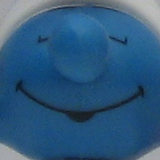
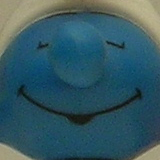
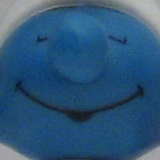
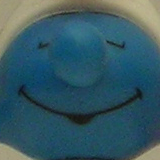
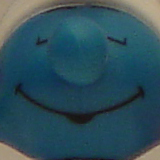
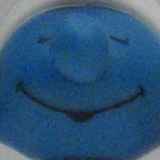
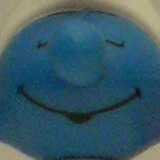

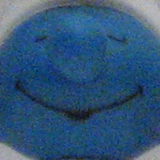
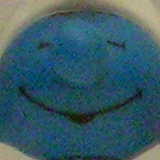
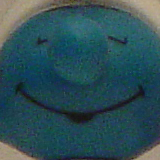








35 Comments
View All Comments
R3MF - Monday, July 18, 2005 - link
< owns a panasonic fx8, and loves it.sciwizam - Monday, July 18, 2005 - link
Nice, I just ordered a SD400 yesterday!bigpow - Monday, July 18, 2005 - link
Panasonic FX7 >> Canon SD400 & it's cheaperFricardo - Monday, July 18, 2005 - link
Heh. Just a day or two after I asked for an SD400 review you guys come up with this. Thanks.astralusion - Monday, July 18, 2005 - link
excellent review...i'd been waiting for a full sd400 review, also just wanted to say that your selection of Duke for your sample pictures was an excellent choice.UNCjigga - Monday, July 18, 2005 - link
As a long-time Canon customer, no surprise here. Right now, Canon makes the best consumer-level digicams period. Sony may be close to catching up, and Nikon may have been the shizznit a few years ago, but right now Canon has a considerable lead.I really want to get the SD400...but I'm wondering if I should hold out for a newer Canon with wifi.
Johnmcl7 - Monday, July 18, 2005 - link
I've been really impressed with Canon's pocket cameras, I bought their Ixus 500 (the European version of the SD500 I think) as I wanted a camera I could keep in my pocket and have with me all the time, as much as I like my big Fuji it's simply to o big to carry over my shoulder all the time. It's great it takes CF cards, so it can share with the Fuji plus it doesn't leave me regretting too much that I didn't take the Fuji.The build quality does feel good but it's really let me down recently, there's a little bit of plastic which broke on the door which holds the memory card door shut, so the camera has had to go back for repair - really missed having it to hand while out at the weekend, looking forward to getting it back.
John
blwest - Monday, July 18, 2005 - link
#4 both of those cameras suck more than the Olympus and would thus be a waste of time to review. A piece of %$@#$ is a piece of @#$#@.cheesus - Monday, July 18, 2005 - link
I agree -- great review. However, I was a bit disappointed to see that the Panasonic FX-7 was left out of the review. It's a similarly-priced 5MP ultracompact that has some of the best resolution and color reproduction I've seen. Also comes with optical image stabilization, which i can't say for the other cameras here. I understand that you can't review every ultracompact, but I think the FX-7 beats the SD400 in terms of image quality any day.Larso - Monday, July 18, 2005 - link
Yes, great review. But it fails to recognize one weakness with the Canon SD400, that sharpness is lacking in the corners of the image (at wideangle).I decided to buy the camera anyway because of its excellent performance and nice case, and I'm extremely happy with it!